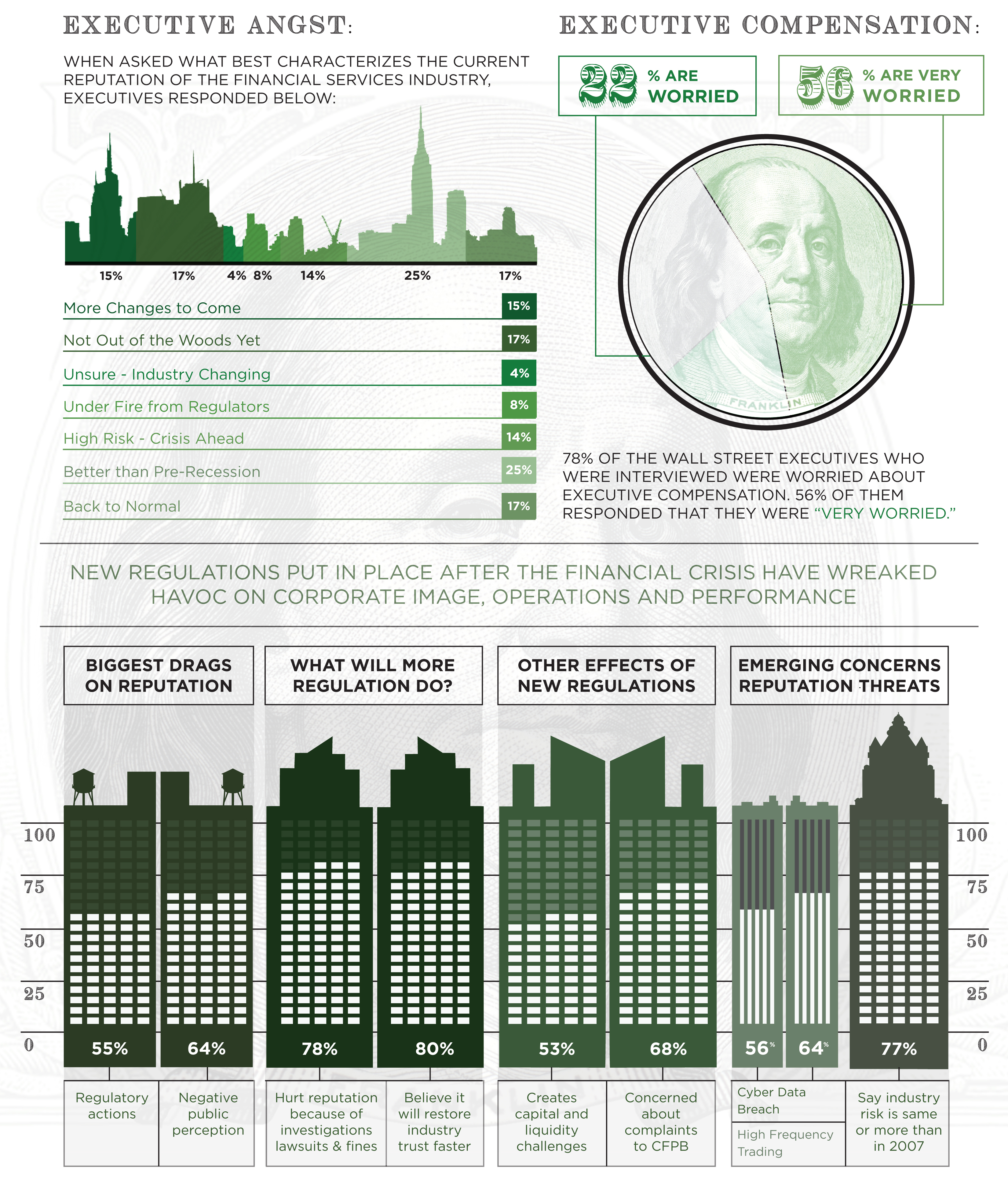 A mere decade ago, captive insurers were viewed by most regulators as a small, even exotic part of the insurance industry. Most were assumed to be offshore and aroused little attention. Now, captives have gone mainstream. A sizable, but undetermined, portion of the property casualty coverage is placed through, or issued by, captives. A good guess is 30% to 40%, but no one has been able to establish an accurate number. Thirty-nine states have some form of captive or self-insurance law. Captives are now part of everyday life for regulators and the result is more scrutiny.
A mere decade ago, captive insurers were viewed by most regulators as a small, even exotic part of the insurance industry. Most were assumed to be offshore and aroused little attention. Now, captives have gone mainstream. A sizable, but undetermined, portion of the property casualty coverage is placed through, or issued by, captives. A good guess is 30% to 40%, but no one has been able to establish an accurate number. Thirty-nine states have some form of captive or self-insurance law. Captives are now part of everyday life for regulators and the result is more scrutiny.
The issues now on the agenda for captives are significant:
• XXX and AXXX Reinsurance Captives
According to Superintendent Joseph Torti (Rhode Island), 80% to 85% of life and annuity insurance is ceded to reinsurers. Much of the so-called “excess reserves” required by Rules XXX and AXXX are ceded to captive reinsurers or special purpose vehicles owned by the same licensed life and annuity companies which cede the risk. Because the amount of this risk is so large, any trouble collecting this reinsurance could have a major effect on the industry. Some regulators, even a few who approved these cessions, have criticized these arrangements. In some cases, the collateral for the reserves has been subject to parental guarantees, which tends to undermine the confidence which can be placed in the transaction. The NAIC is continuing its examination and has met some stiff resistance from the industry.
• Multistate Insurers
The proposal to amend the preamble to the NAIC Accreditation Standards to treat captive reinsurers as “multistate insurers” (with some limited exceptions) was withdrawn at the last NAIC meeting in Louisville. A new proposal should be forthcoming (and may have already been issued by the date of publication of this Newsletter). The premise of this proposed change is that non-domiciliary regulators need to know how insurance issued in another state may affect the citizens of their state. The opposite point of view is that the regulators of the domicile have done their job and should be trusted by their regulator colleagues and that the transaction should not affect third parties, anyway. Some say the risk to the domestic captive industry is existential. If enacted and enforced, the proposed change could, ironically, drive much of the industry offshore and therefore beyond the authority of the regulators promoting it.
• Nonadmitted Risk and Reinsurance Act
Captives have been inadvertently drawn into the regulatory structure imposed by this federal legislation intended to streamline the reporting and payment of surplus lines taxes. It has shined a spotlight on the payment (or non-payment) of state self-procurement taxes, but, ironically, does not in any way alter either the application of them or their payment. While risk retention groups (RRGs) were able to get an exemption from the law during its formative phase, captives, because they are (generally) single state entities and therefore not doing business as a “non-admitted” insurer, did not even attempt to get an exemption. Now there is a group, the Coalition for Captive Insurance Clarity, which is seeking a legislative exemption on Capitol Hill.
• Insurance Company Income Taxation
The Internal Revenue Service is investigating several insurance pooling mechanisms and, in some cases, the captives that have utilized them to establish third party risk—which is essential for an insurer to get the benefit of insurance tax treatment. This investigation is presumably a response to the rapid growth of “micro-captives” as mechanisms to assist with avoidance of taxation in estate planning and wealth transfer. This process is in its early stages, but is likely to produce some dramatic results.
• Federal Home Loan Bank (FHLB)
 Who would have thought that the FHLB would have anything to do with captives? It appears that some captives, and at least one risk retention group, are members of the FHLB, which allows them to obtain federal funds at advantageous rates. The Federal Housing Finance Agency (FHFA), which regulates the twelve FHLBs, has proposed a rule that would exclude all captives from membership by defining “insurance company” to mean an entity which “has as its primary business the underwriting of risk for nonaffiliated persons.”
Who would have thought that the FHLB would have anything to do with captives? It appears that some captives, and at least one risk retention group, are members of the FHLB, which allows them to obtain federal funds at advantageous rates. The Federal Housing Finance Agency (FHFA), which regulates the twelve FHLBs, has proposed a rule that would exclude all captives from membership by defining “insurance company” to mean an entity which “has as its primary business the underwriting of risk for nonaffiliated persons.”
Why is this happening now? While there are numerous reasons for these kinds of actions, there are two primary motivators. First, regulation is always subject to the problem of “what’s worth doing is worth overdoing.” Reasonable minds can differ on the interpretation of statutes and regulations. Each of the above includes an element of “pushing the envelope,” which can be significant or insignificant issues depending on your point of view. Second, captives have been caught in the vortex of regulatory competition. As we have discussed before in this column, the National Association of Insurance Commissioners (NAIC), the Federal Insurance Office (FIO), and the International Association of Insurance Supervisors (IAIS) are jockeying for position and power. Add to the mix the position of the Organization for Economic Cooperation and Development (OECD) that captives may be used as a device to avoid taxation (“base erosion” in OECD parlance), and you have a tumult of regulatory action which at the same time can be challenging and conflicting in its goals and implementation.
What does this bode for the future of captives? Once you have been seen on the radar, it is hard to drop off. Captives can expect more of the same for the foreseeable future.
This blog was previously published on the Morris, Manning & Martin, LLP website.


